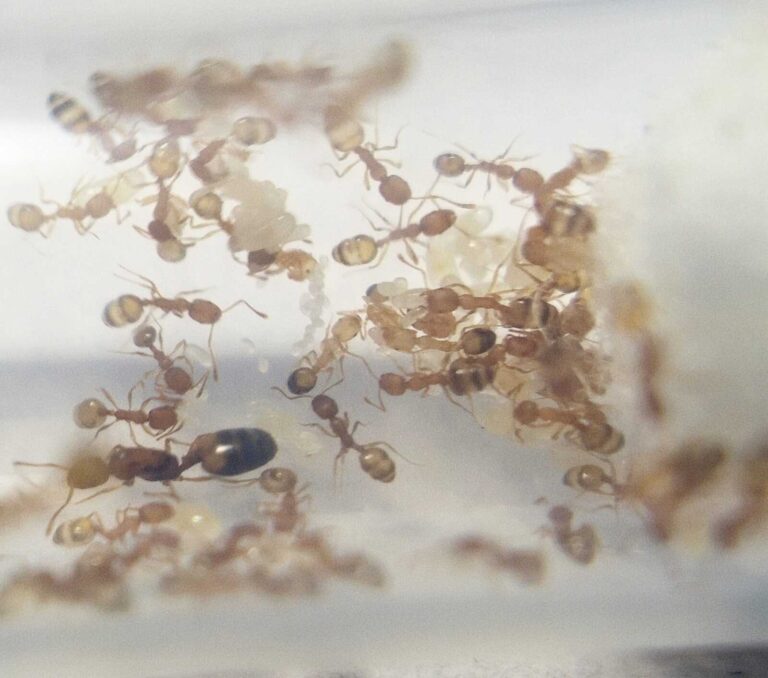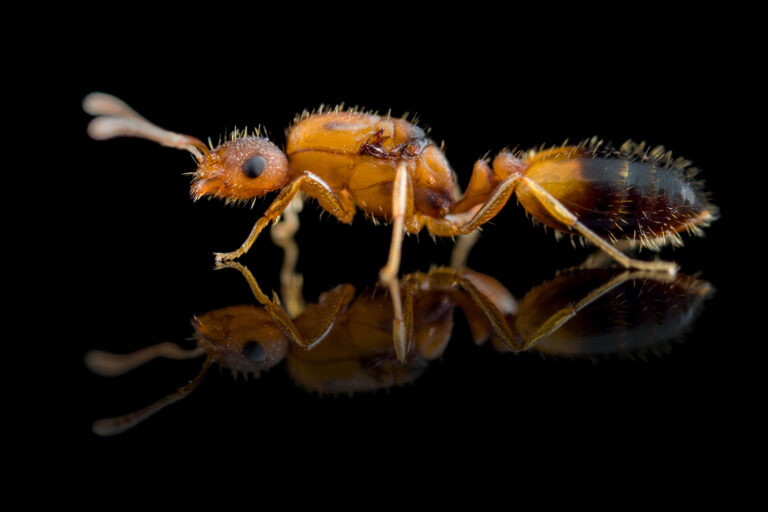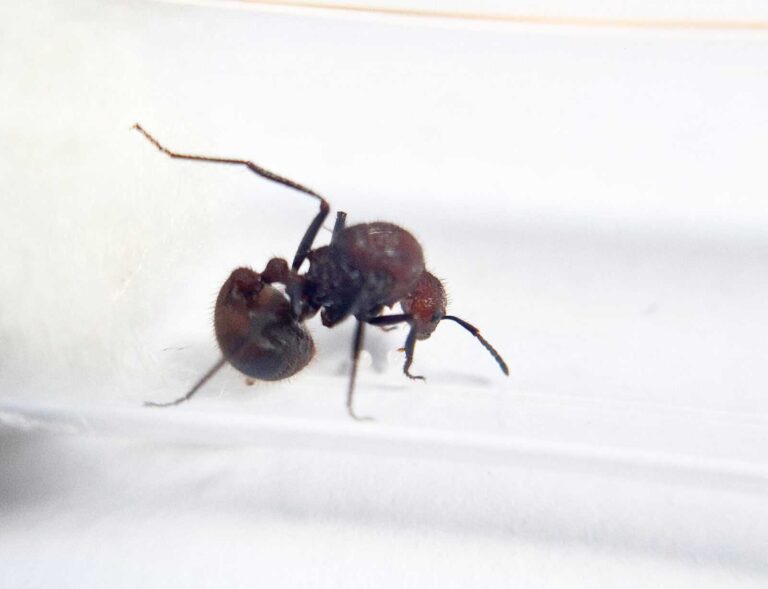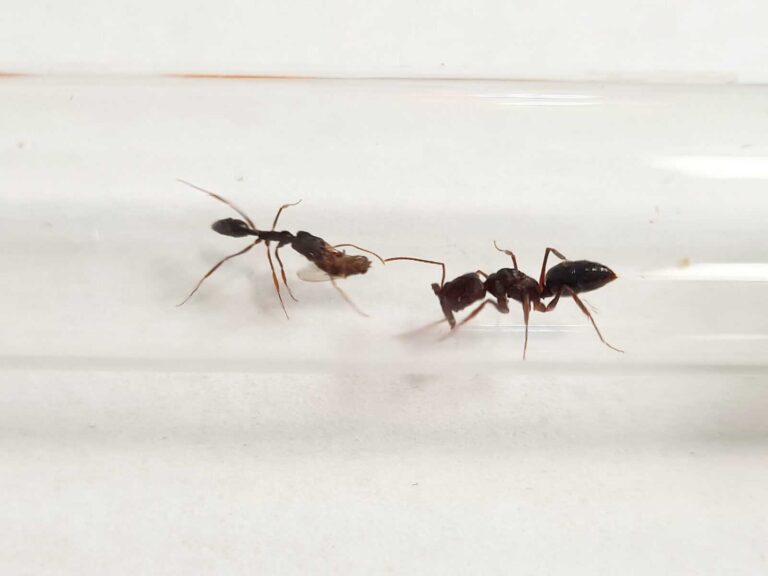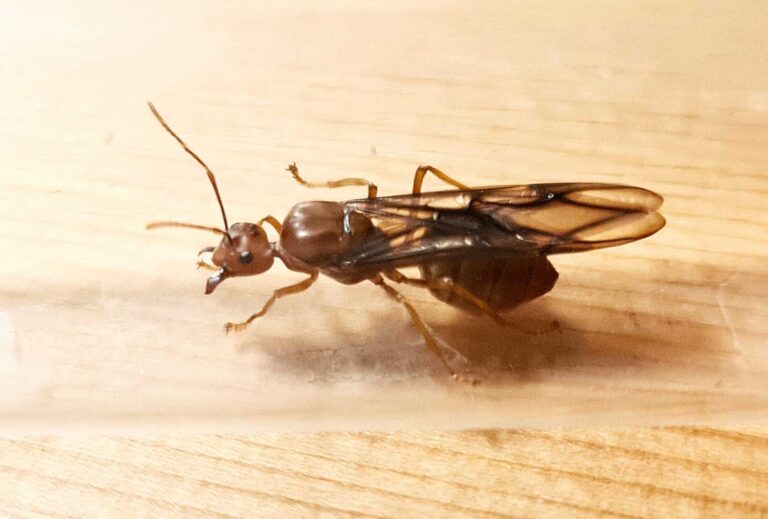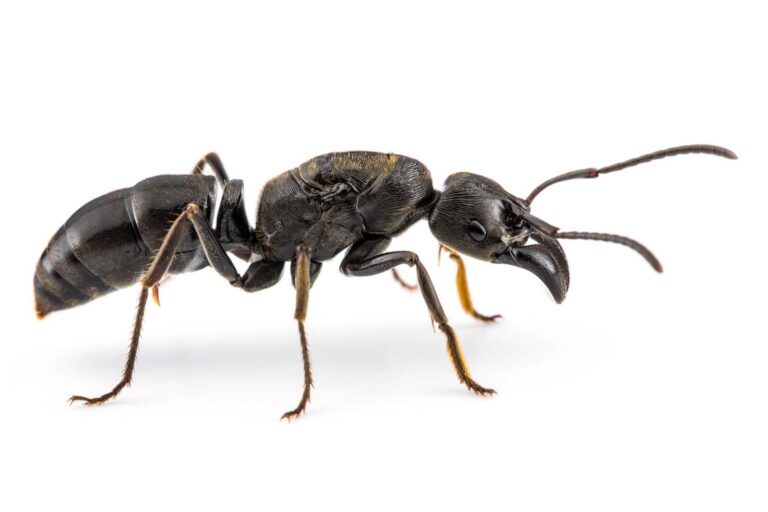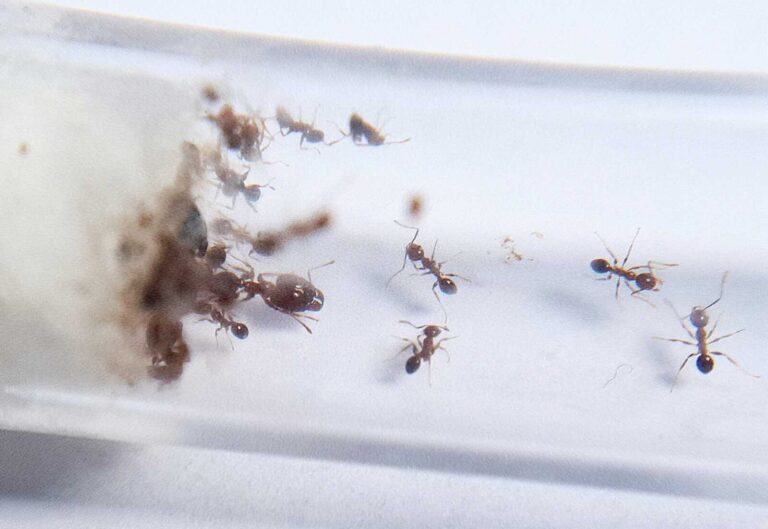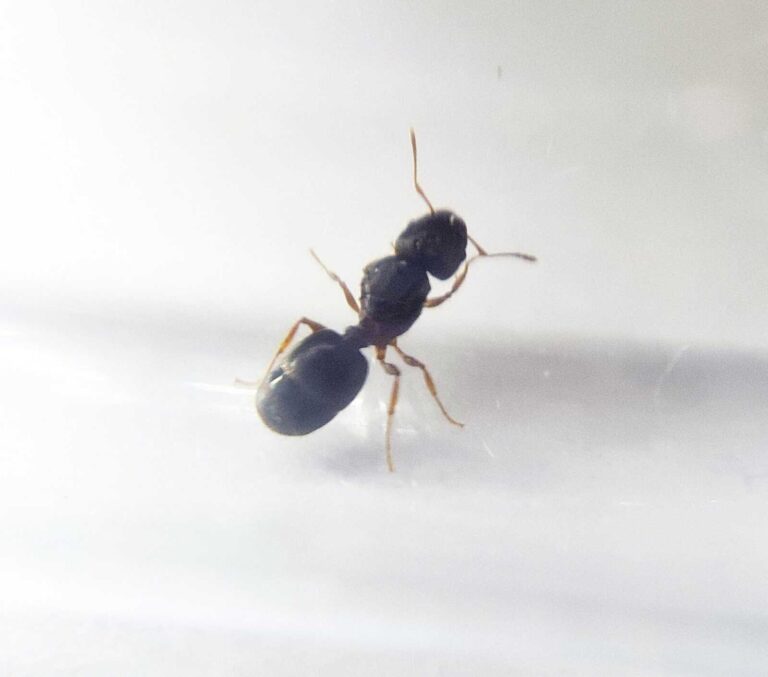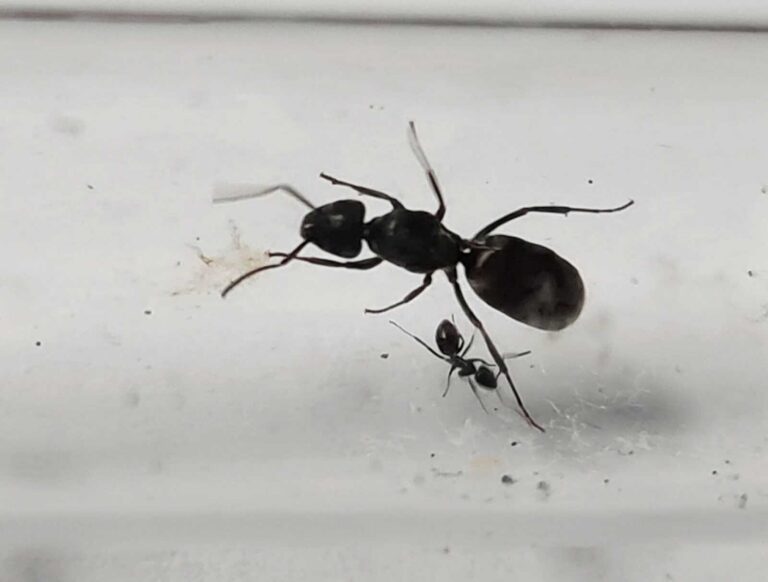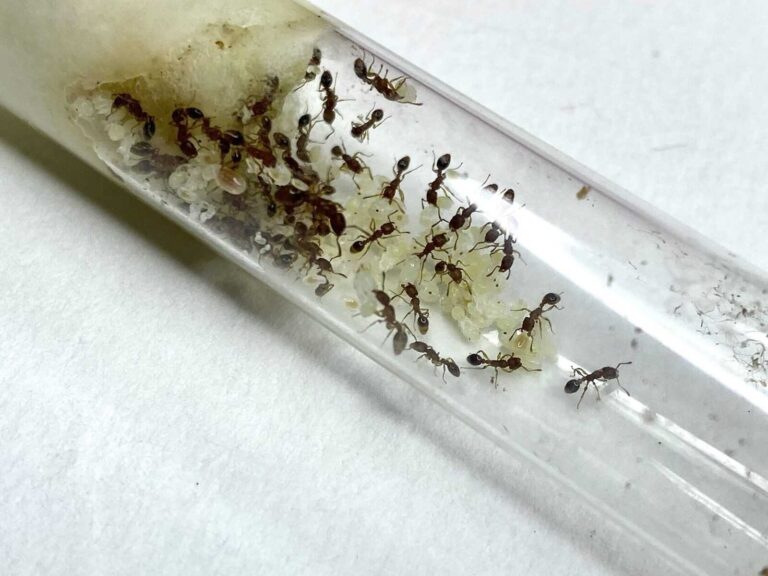Showing 21–29 of 29 results
Product categories
Stock status
Filter by price
Behavior
Defficulty
Number of workers
- Queen 26
- Queen and 1-50 workers 4
- Queen and 1-3 workers 25
- Queen and 4-10 workers 25
- Queen and 11-20 workers 25
- Queen and 21-40 workers 25
- Queen and 41-60 workers 25
- Queen and 61-100 workers 17
- Queen and 51-100 workers 4
- Queen and 101-200 workers 6
- Queen and 201-500 workers 5
- Queen and 501-1000 workers 2
- 2 Queens 2
- 2 Queens and 1-50 workers 3
- 2 Queens and 1-3 workers 2
- 2 Queens and 4-10 workers 2
- 2 Queens and 11-20 workers 2
- 2 Queen and 21-40 workers 2
- 2 Queens and 41-60 workers 2
- 2 Queens and 61-100 workers 1
- 2 Queens and 101-200 workers 5
- 2 Queens and 51-100 workers 3
- 2 Queens and 201-500 workers 4
- 2 Queens and 501-1000 workers 1
- 3 Queens 2
- 3 Queens and 1-50 workers 3
- 3 Queens and 1-3 workers 2
- 3 Queens and 4-10 workers 2
- 3 Queens and 11-20 workers 2
- 3 Queens and 21-40 workers 2
- 3 Queens and 41-60 workers 2
- 3 Queens and 61-100 workers 2
- 3 Queens and 51-100 workers 3
- 3 Queens and 101-200 workers 5
- 3 Queens and 201-500 workers 4
Origin
Filter by size
Wintering
Monomorium pharaonis
109,90 zł – 399,90 złPrice range: 109,90 zł through 399,90 złThe Monomorium pharaonis is a formidable ant species with a polygynous colony structure, meaning it has multiple queens in a single colony. These colonies can consist of up to 1,000,000 workers, making them highly productive and efficient.
Myrmicaria natalensis
249,90 złMyrmicaria natalensis is a monogynous ant species with a medium-sized colony of up to 10,000 individuals. The queen measures 12-14mm, while workers are 5-8mm. They have a reddish color with a black abdomen. Their nutrition includes food insects, syrup, fruits, vegetables, jelly, and cooked chicken without salt.
Odontomachus troglodytes
405,90 złOdontomachus troglodytes is a polygynous ant species with colonies of up to 300 workers. The queen measures 8-11mm and workers measure 7-9mm. They have a red dark black head and red-brown body. Their diet consists of food insects such as cockroaches and crickets, as well as sweet fruit. They require a humidity level of 60-70% in the arena and 60-80% in the nest.
Oecophylla longinoda
469,90 złOecophylla longinoda is a polygyne ant species with colony sizes ranging from 100,000 to 500,000 workers. They have a very fast development speed. The queen ants are 12-16 mm in size while the workers are 4-9 mm. They have a yellowish brown to brown color with a strong chest. Their nutrition includes insect food, syrup, fruits, vegetables, jelly, and cooked chicken.
Paltothyreus tarsatus
1299,90 złPaltothyreus tarsatus is a polygynous ant species with colony sizes reaching up to 5000 workers. They develop slowly and have a black coloration. Their nutrition consists of forage insects, fruits, and termites. They require a humidity level of 50-60% in the arena and 60-80% in the nest, with an arena temperature of 22°C.
Pheidole megacephala
129,90 zł – 449,90 złPrice range: 129,90 zł through 449,90 złPheidole megacephala is a polygynous ant species with colony sizes of up to 50,000 workers. They have a fast development speed and are characterized by their dark brown color with a reddish shade in the light. They primarily feed on food insects such as cockroaches and crickets, as well as syrup made from a mixture of water and honey.
Pheidole nigeriensis
199,90 złPheidole nigeriensis is a polygynous ant species with a colony size of up to 20,000 workers. They have a fast development speed and the queen measures between 6.5-8 mm, while the workers are 2.5-4 mm and majors are 4-5.5 mm in size. They have a varying intensity of brown coloration and their nutrition includes food insects, syrup, fruits, vegetables, jelly, and cooked chicken.
Tapinoma nigerrimum
199,90 złTapinoma nigerrimum is a glossy black ant species with a polygynous colony type and a medium development rate. The queen has a size of 5-6mm while workers are 2-4mm in size. They feed on food insects, syrup, fruits, vegetables, jelly, and cooked chicken without salt.
Tetramorium bicarinatum
79,90 zł – 399,90 złPrice range: 79,90 zł through 399,90 złThe Tetramorium bicarinatum is a polygynous ant species with a colony size of up to 50,000 workers. They have a fast development rate and are around 4.2-4.6mm in size for the queen and 3-4mm for the workers. They have a reddish-brown color with variations in shades. They feed on food insects like cockroaches and crickets, as well as syrup made from water and honey.



